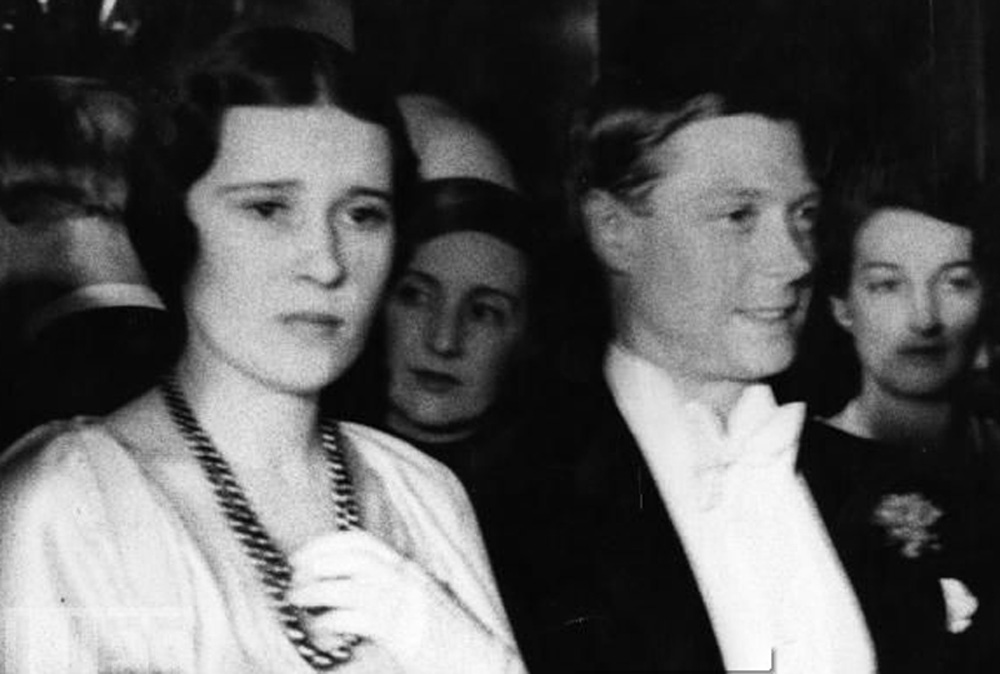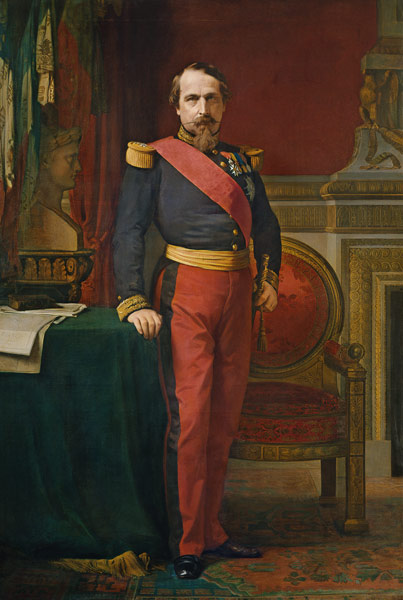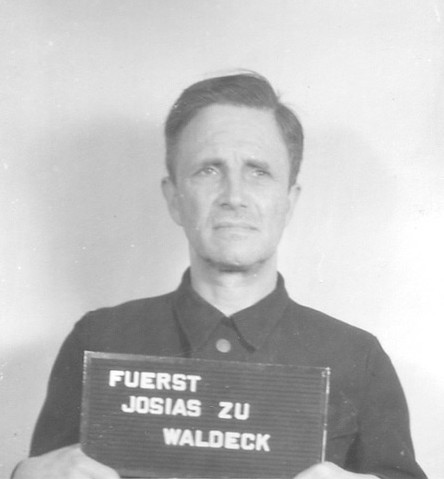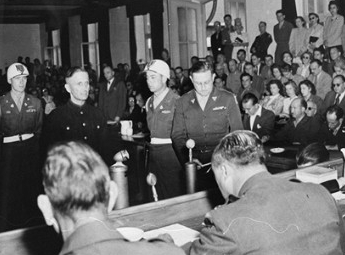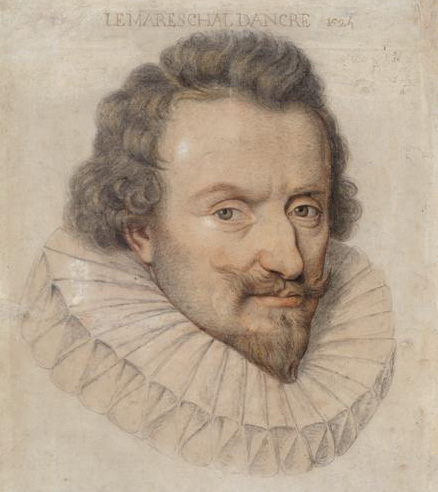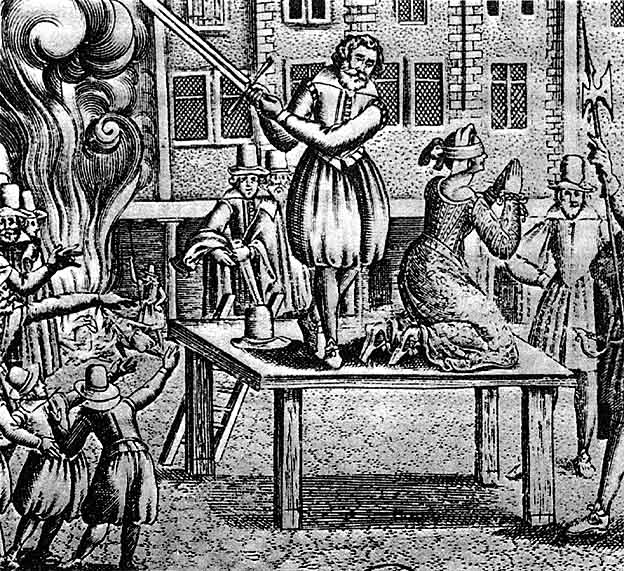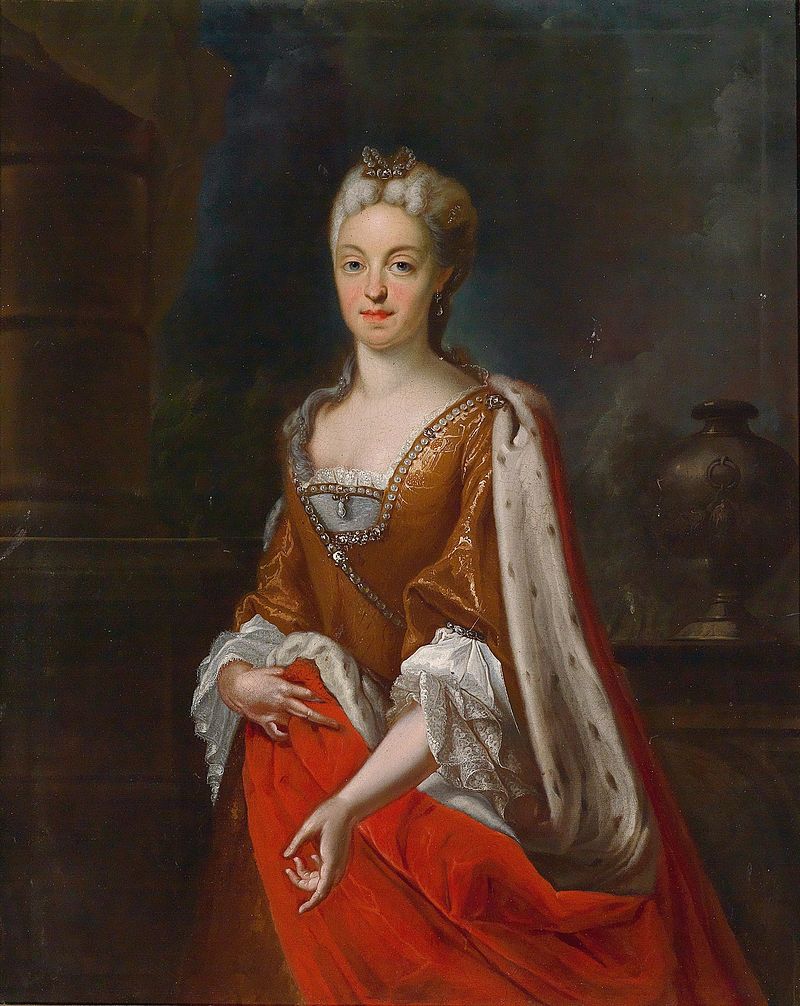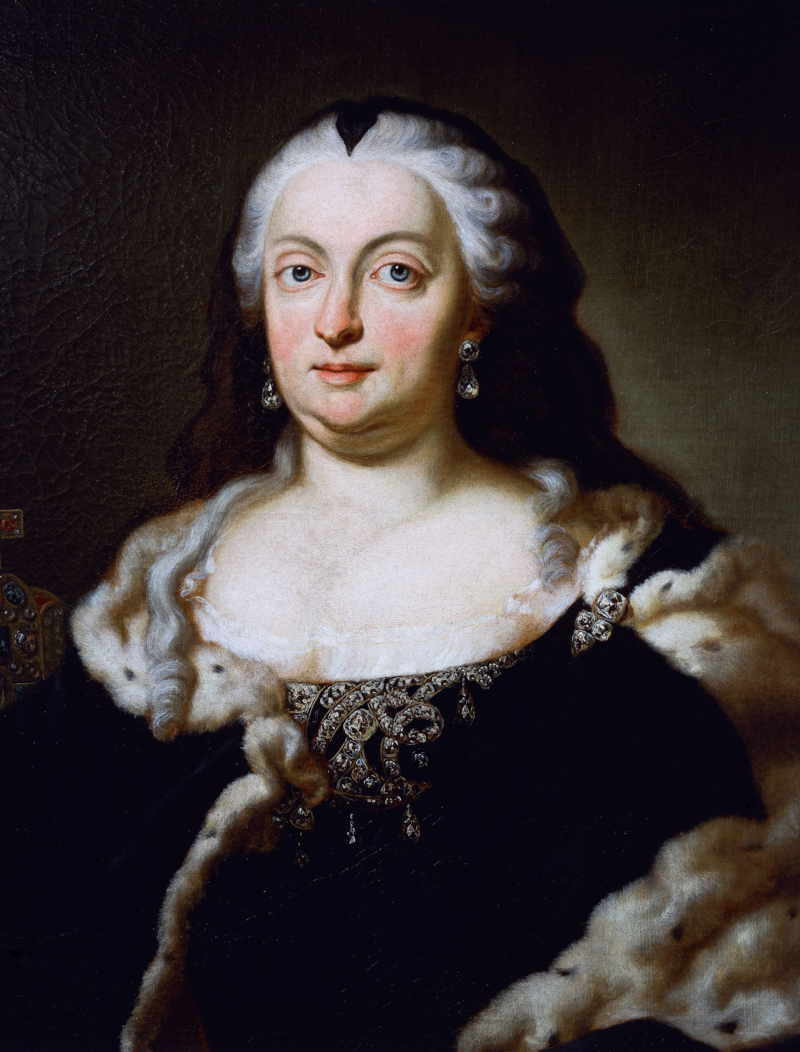by Susan Flantzer
© Unofficial Royalty 2023

Joseph II, Holy Roman Emperor; Credit – Wikipedia
The Holy Roman Empire was a limited elective monarchy composed of hundreds of kingdoms, principalities, duchies, counties, prince-bishoprics, and Free Imperial Cities in central Europe. The Holy Roman Empire was not really holy since, after Holy Roman Emperor Charles V in 1530, no emperors were crowned by the pope or a bishop. It was not Roman but rather German because it was mainly in the regions of present-day Germany and Austria. It was an empire in name only – the territories it covered were mostly independent each with its own rulers. The Holy Roman Emperor directly ruled over only his family territories, and could not issue decrees and rule autonomously over the Holy Roman Empire. A Holy Roman Emperor was only as strong as his army and alliances made him. His power was severely restricted by the sovereigns of the constituent monarchies of the Holy Roman Empire. From the 13th century, prince-electors, or electors for short, elected the Holy Roman Emperor from among the sovereigns of the constituent states.
Frequently but not always, it was common practice to elect the deceased Holy Roman Emperor’s heir. The Holy Roman Empire was an elective monarchy. No person had a legal right to the succession simply because he was related to the current Holy Roman Emperor. However, the Holy Roman Emperor could and often did, while still alive, have a relative (usually a son) elected to succeed him after his death. This elected heir apparent used the title King of the Romans.
Learn more at Unofficial Royalty: What was the Holy Roman Empire?
********************
Joseph II reigned from 1765 to 1790 as Holy Roman Emperor after being elected Holy Roman Emperor following the death of his father Franz I, Holy Roman Emperor in 1765. He was co-regent with his mother from 1765 – 1780 of Bohemia, Hungary, Croatia, Austria, and several other Habsburg hereditary lands. He was the sole ruler from 1780 to 1790, following the death in 1780 of his mother Archduchess Maria Theresa of Austria, the only woman to be ruler of the Habsburg hereditary lands in her own right. Joseph’s mother was the sovereign of Austria, Hungary, Croatia, Bohemia, Transylvania, Mantua, Milan, Lodomeria and Galicia, the Austrian Netherlands, and Parma. Maria Theresa, who had arranged for her husband to be elected Holy Roman Emperor, wielded the real power and Joseph’s father was content to leave the act of reigning to his wife.
Born Joseph Benedikt Anton Michael Adam on March 13, 1741, at Schönbrunn Palace in Vienna, Austria, he was the fourth of the sixteen children and the eldest of the five sons of Franz I, Holy Roman Emperor (reigned 1745 – 1765) also Duke of Lorraine (reigned 1729 – 1737), Grand Duke of Tuscany (reigned 1737 – 1765), born of Franz I, Holy Roman Emperor (reigned 1745 – 1765) also Duke of Lorraine (reigned 1729 – 1737), Grand Duke of Tuscany (reigned 1737 – 1765), born François Étienne of Lorraine and Archduchess Maria Theresa of Austria, in her own right Queen of Bohemia (reigned 1740 – 1741 and 1743 – 1780), Queen of Hungary, Queen of Croatia, Archduchess of Austria (reigned 1740 – 1780) along with a number of other titles of Habsburg hereditary lands.
Joseph’s paternal grandparents were Leopold, Duke of Lorraine and Princess Élisabeth Charlotte d’Orléans, the daughter of Philippe I, Duke of Orléans (brother of King Louis XIV of France) and his second wife Princess Elizabeth Charlotte of the Palatinate. His maternal grandparents were Karl VI, Holy Roman Emperor (and ruler of the Habsburg hereditary lands) and Elisabeth Christine of Brunswick-Wolfenbüttel.

Joseph’s parents and their family; Joseph is in the red, standing next to his mother; Credit – Wikipedia
Joseph had fifteen siblings but eight of them died in childhood and four of the eight died from smallpox:
- Archduchess Maria Elisabeth of Austria (1737-1740), died in childhood
- Archduchess Maria Anna of Austria (1738 -1789), unmarried
- Archduchess Maria Carolina of Austria (1740 -1741), died in childhood
- Archduchess Maria Christina of Austria (1742- 1798), married Prince Albert of Saxony, Duke of Teschen, had one daughter who died shortly after birth
- Archduchess Maria Elisabeth of Austria (1743 -1808), unmarried
- Archduke Karl Joseph of Austria (1745 -1761), died in his teens from smallpox,
- Archduchess Maria Amalia of Austria (1746 -1804), married Ferdinand, Duke of Parma, had nine children
- Pietro Leopoldo I, Grand Duke of Tuscany, later Leopold II, Holy Roman Emperor (1747 -1792), married Infanta Maria Luisa of Spain, had sixteen children
- Archduchess Maria Carolina (born and died 1748), died hours after baptism
- Archduchess Maria Johanna of Austria (1750 -1762), died in childhood from smallpox,
- Archduchess Maria Josepha of Austria (1751-1767), died in her teens from smallpox
- Archduchess Maria Carolina of Austria (1752 -1814), married King Ferdinand IV of Naples and Sicily, the future King Ferdinand I of the Two Sicilies after her death, had seventeen children but only seven survived childhood, seven of their children died from smallpox
- Archduke Ferdinand of Austria (1754-1806), married Maria Beatrice Ricciarda d’Este, had ten children
- Archduchess Maria Antonia of Austria (1755 -1793), married King Louis XVI of France, became Queen Marie Antoinette of France, had four children, only one survived childhood
- Archduke Maximilian Franz of Austria (1756 –1801) became Archbishop-Elector of Cologne, unmarried

Joseph in 1765: Credit – Wikipedia
Joseph’s mother Maria Theresa had a comprehensive, detailed educational program arranged for him to prepare him as optimally as possible for his future duties as a ruler. Starting at a young age, he received riding and fencing lessons. A Jesuit priest gave him religious instruction, supplemented by instruction in ethics, morality, and philosophy. Joseph had a talent for languages, learning Latin, French, Italian, Hungarian, and Czech. Science, mathematics, dance, and theater classes were included in the curriculum. As Joseph grew older, the focus shifted to history lessons, and the study of natural, constitutional, church, and international law. He received specific instruction related to the inner workings of the monarchy and military training.
Starting in 1760, Joseph was allowed to participate in the meetings of the high administrative authorities and the Council of State.

Joseph’s first wife Isabella of Parma; Credit – Wikipedia
To strengthen the relations between the Habsburgs and the Bourbons, Joseph’s mother Maria Theresa and King Louis XV of France arranged a marriage between Joseph and Louis XV’s granddaughter Princess Isabella of Parma, daughter of Felipe of Spain, Duke of Parma, Piacenza and Guastalla and Louise Élisabeth of France. A proxy marriage was held on September 5, 1760 at Padua Cathedral in Padua, then in the Republic of Venice, now in Italy. Josef Wenzel I, Prince of Liechtenstein, who had a successful military career in the Imperial Army of the Holy Roman Empire and as a diplomat for the Holy Roman Empire, was given the honor of escorting Isabella to Vienna, Austria. On October 6, 1760, at the Augustinerkirche (Augustinian Church) in Vienna, Austria, the two 18-year-olds Joseph and Isabella were married by the Papal Nuncio Cardinal Vitaliano Borromeo.
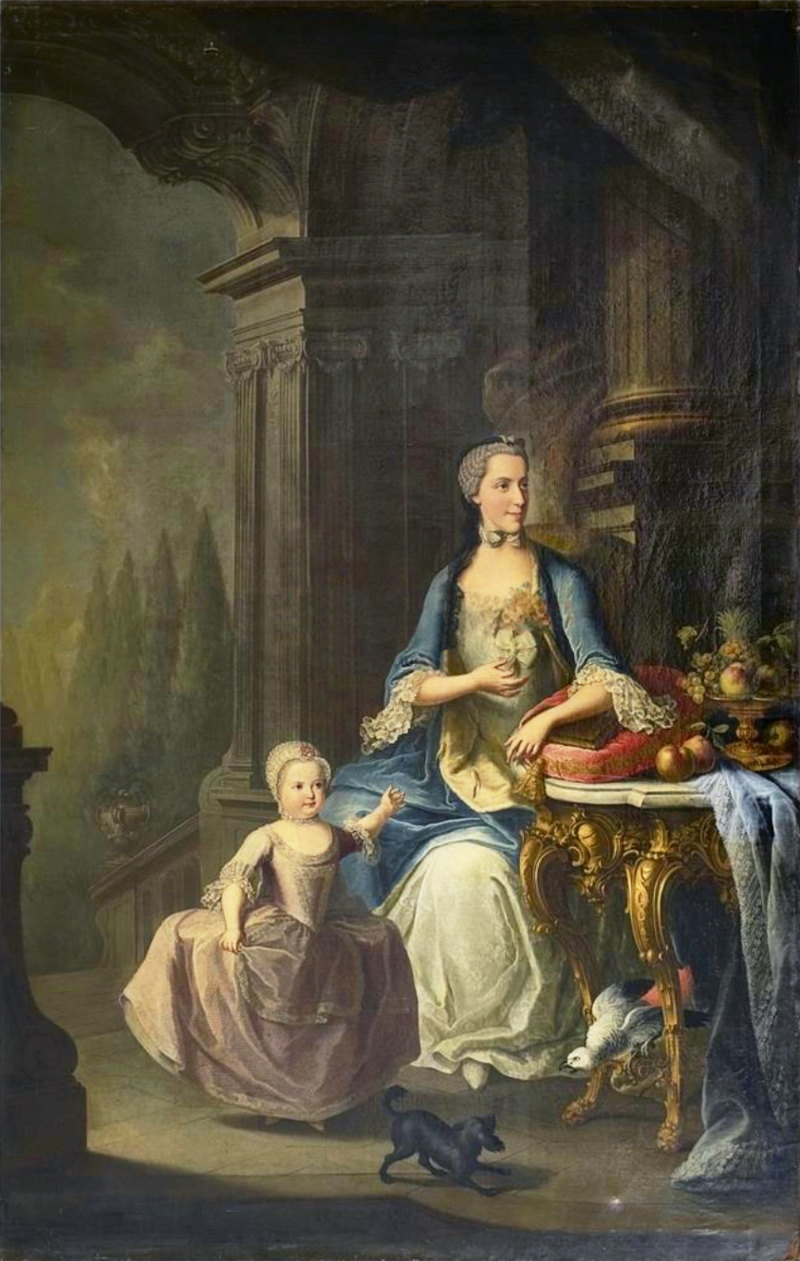
Isabella with her elder daughter Maria Theresa; Credit – Wikipedia
Joseph and Isabella had two daughters but neither survived childhood:
Joseph adored his wife but Isabella hated the strict court ceremonies and was very reserved toward Joseph. Joseph’s sister Archduchess Maria Christina was Isabella’s best friend and closest confidante. Some modern historians believe that Isabella and Maria Christina likely had a romantic, and possibly a sexual relationship. They exchanged letters and small notes in French but only the nearly two hundred letters and notes written by Isabella have survived. Isabella’s letters and notes show a deep affection toward Maria Christina and are characteristic of a romantic-sexual relationship.
Isabella had a very difficult first pregnancy, suffering from many physical symptoms, depression, and a lingering fear of death. This was worsened by her inexperienced husband not understanding her problems. Isabella had miscarriages in August 1762 and January 1763. Her mother-in-law Maria Theresa, who had given birth to sixteen children, was so worried that she advised her son Joseph to wait for six months before trying for another child. However, Isabella was soon again pregnant. In the fall of 1763, there was an outbreak of smallpox in and around Vienna, and the pregnant Isabella became ill with smallpox. Isabella’s high fever induced labor three months early, and on November 22, 1763, she gave birth to a second daughter. The baby was baptized Maria Christina, as Isabella requested, but died the same day. Five days later, a month short of her 22nd birthday, Isabella died from smallpox at Hofburg Palace in Vienna, Austria. Isabella was interred in the Maria Theresa Crypt at the Imperial Crypt in the Capuchin Church in Vienna, Austria. The coffin of her daughter Maria Christina was placed under Isabella’s coffin. In 1770, when Isabella’s elder daughter Maria Theresa died at the age of seven, her tomb was placed next to her mother’s and younger sister’s coffins.

Isabella’s tomb in the middle with the coffin of her younger daughter sticking out underneath. To the right is the tomb of Isabella’s elder daughter Maria Theresa who died in 1770; Credit – By C.Stadler/Bwag – Own work, CC BY-SA 3.0 at, https://commons.wikimedia.org/w/index.php?curid=28671919
Joseph was devastated by Isabella’s death and never fully recovered. In a letter to Isabella’s father, Joseph wrote: “I have lost everything. My adorable wife and only friend is no more. (…) What a frightful separation! Can I survive it? Yes, and only to be unhappy all my life. (…) There is nothing I will enjoy ever again.”

Joseph’s second wife Maria Josepha of Bavaria; Credit – Wikipedia
At his mother’s insistence, Joseph married his second cousin Maria Josepha of Bavaria, daughter of Karl VII, Holy Roman Emperor and Maria Amalie of Austria. After a proxy marriage on proxy on January 13, 1765, Joseph and Maria Josepha were married in person on January 25, 1765, at the Schönbrunn Palace in Vienna. Joseph never wanted to remarry after the death of Isabella and found Maria Josepha unattractive. On May 28, 1767, after only two years of a childless marriage, Maria Josepha died of smallpox, as had her predecessor Isabella. Joseph never remarried.

Joseph and Isabella’s daughter Maria Theresa; Credit – Wikipedia
Sadly, Joseph had one more death to endure. On January 23, 1770, Archduchess Maria Theresa of Austria, the seven-year-old daughter of Joseph and his first wife Isabella, died from pleurisy. She was buried next to her mother and sister in a tomb with an effigy representing Maria Theresa sleeping on a bed, covered by a blanket, with her hands in prayer. (See photo above.) Joseph was heartbroken over his daughter’s death and cried out to heaven, “I’ve stopped being a father. Oh my God give me back my daughter…”

Coronation of Joseph as King of the Romans in Frankfurt Cathedral, April 3 1764; Credit – Wikipedia
During his unsuccessful marriage to Maria Josepha of Bavaria, Joseph’s father Franz I, Holy Roman Emperor died suddenly of a stroke or heart attack on August 18, 1765, at the age of 56, in his carriage while returning from the opera in Innsbruck, Austria. Holy Roman Emperors could and often did, while still alive, have a relative (usually a son) elected to succeed them after their death. This elected heir apparent used the title King of the Romans. In 1764, Joseph had been elected and crowned King of the Romans, and so when his father died, Joseph became Holy Roman Emperor although his mother Maria Theresa continued to wield the real power. On September 17, 1765, Joseph was elevated by his mother Maria Theresa to be her co-regent in the Habsburg hereditary lands. The Grand Duchy of Tuscany that Joseph had inherited from his father was given to his younger brother Leopold, who would be the childless Joseph’s successor.
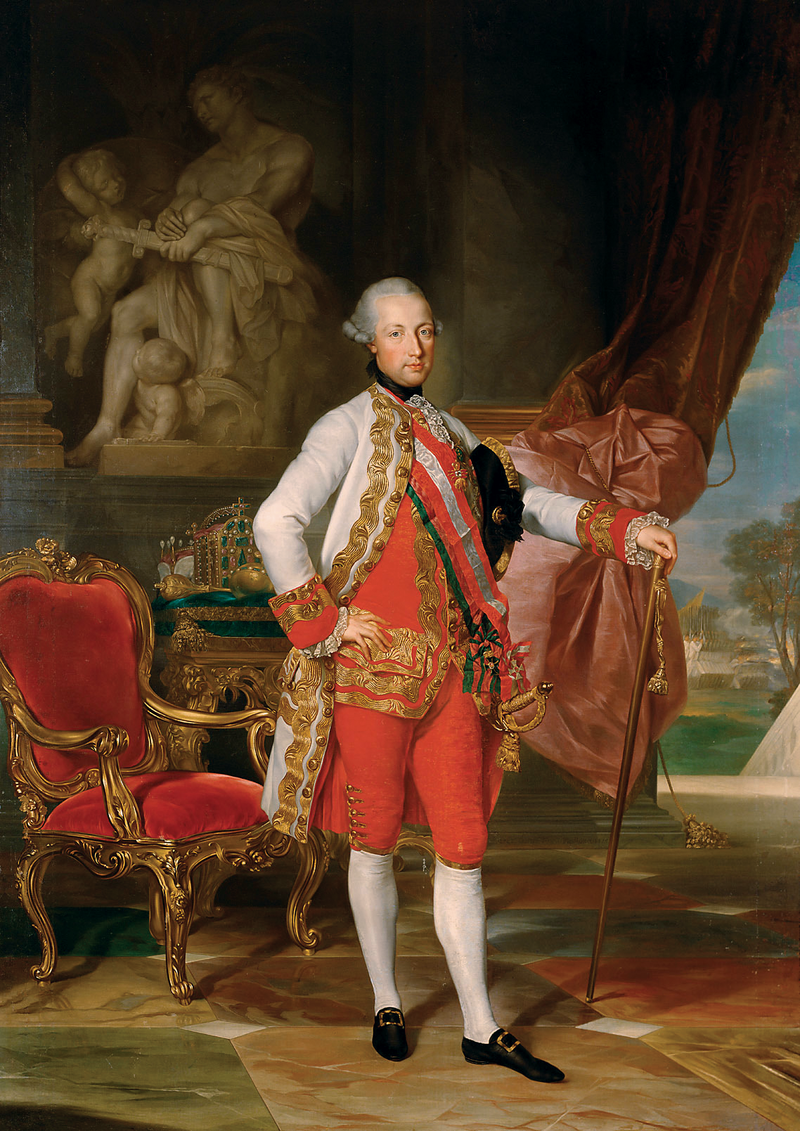
Joseph in 1775; Credit – Wikipedia
It was not until his mother died in 1780, that Joseph could finally pursue his own policies. Josephinism was the name given collectively to his policies. Joseph was educated during the Age of Enlightenment which emphasized rationality, order, and careful organization in statecraft. Joseph issued over 6,000 edicts, plus 11,000 new laws designed to regulate and reorder every aspect of the lands he ruled. Among many other issues, Joseph tried to reduce the influence of the nobility and clergy, and the serfdom of the peasants was abolished in 1781. Despite Joseph’s policies provoking resistance inside and outside the Habsburg hereditary lands, historians consider him an enlightened ruler.
Joseph came from a family in which all members played at least one musical instrument and music was important to him. He declared the Burgtheater in Vienna as the German national theater. Joseph was passionate about opera, and often attended opera rehearsals at the Burgtheater, accompanying the singers on the harpsichord like a professional. Antonio Salieri was his choirmaster and opera director but he focused on the fashionable Italian opera. Joseph commissioned Wolfgang Amadeus Mozart to write the first opera in the German language: Die Entführung aus dem Serail (The Abduction from the Seraglio) in 1782.

Coffin of Joseph II, Holy Roman Emperor in front of the tomb of his parents; Credit – By Wotau – Own work, CC BY-SA 3.0 at, https://commons.wikimedia.org/w/index.php?curid=21894136
Joseph II, Holy Roman Emperor died from tuberculosis, aged 48, on February 20, 1790, in Vienna, Austria. Before his death, Joseph had renounced the Habsburg practice of separate burial, a form of partial burial in which internal organs are buried separately from the rest of the body. He was buried in a field marshal’s uniform in an oak coffin at the Imperial Crypt in the Capuchin Church in Vienna, Austria. At a later date, the oak coffin was put in a simple copper coffin and placed in front in front of his parents’ magnificent double sarcophagus.
This article is the intellectual property of Unofficial Royalty and is NOT TO BE COPIED, EDITED, OR POSTED IN ANY FORM ON ANOTHER WEBSITE under any circumstances. It is permissible to use a link that directs to Unofficial Royalty.
Works Cited
- Flantzer, Susan. (2021) Francis Stephen of Lorraine, Duke of Lorraine, Grand Duke of Tuscany, Holy Roman Emperor, Unofficial Royalty. Available at: https://www.unofficialroyalty.com/francis-stephen-of-lorraine-duke-of-lorraine-grand-duke-of-tuscany-holy-roman-emperor/ (Accessed: 03 September 2023).
- Flantzer, Susan. (2013) Maria Theresa, Archduchess of Austria, and Queen of Hungary, Croatia, and Bohemia, Unofficial Royalty. Available at: https://www.unofficialroyalty.com/maria-theresa-archduchess-of-austria-queen-of-hungary-croatia-and-bohemia/ (Accessed: 03 September 2023).
- Joseph II. (2023) Wikipedia (German). Available at: https://de.wikipedia.org/wiki/Joseph_II. (Accessed: 03 September 2023).
- Joseph II (Empereur du Saint-Empire) (2023) Wikipedia (French). Available at: https://fr.wikipedia.org/wiki/Joseph_II_(empereur_du_Saint-Empire) (Accessed: 03 September 2023).
- Joseph II, Holy Roman Emperor (2023) Wikipedia. Available at: https://en.wikipedia.org/wiki/Joseph_II,_Holy_Roman_Emperor (Accessed: 03 September 2023).
- Wheatcroft, Andrew. (1995) The Habsburgs. London: Viking.
- Wilson, Peter H. (2016) Heart of Europe – A History of the Holy Roman Empire. Cambridge, MA: Harvard University Press.




